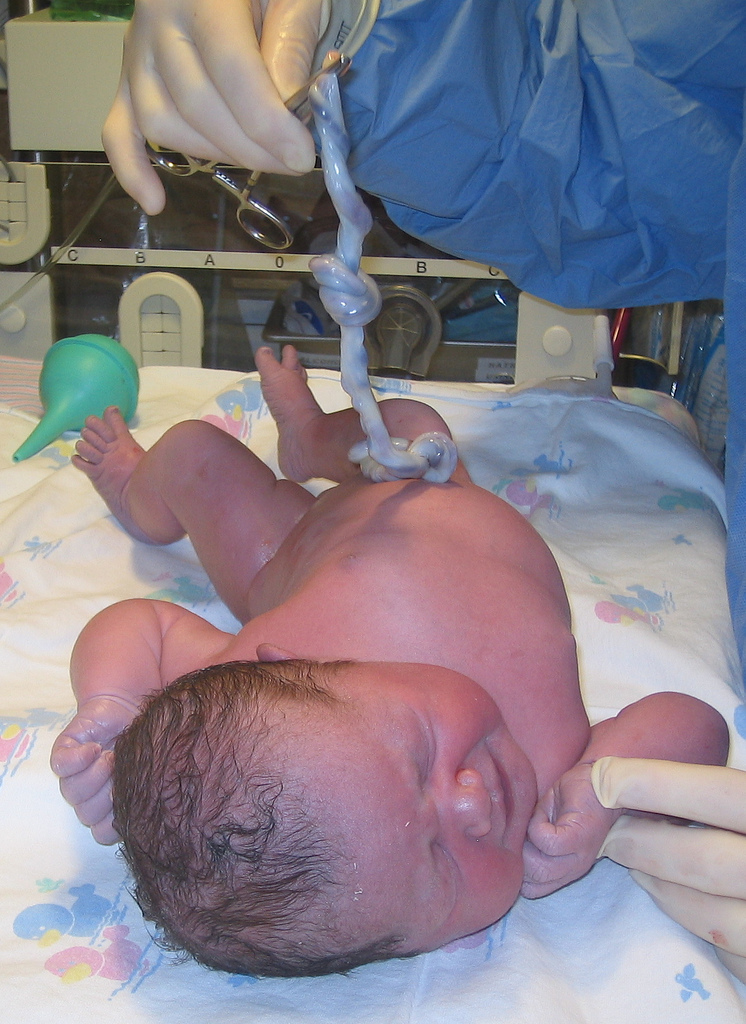Cord blood banking is the method of accumulating and storing the blood from the umbilical cord after a baby is born. This blood is rich in hematopoietic stem cells, which have the potential to become varied forms of blood cells. Cord blood banking serves as a useful source of stem cells for medical treatments and research. Here's an outline of the necessary thing aspects of cord blood banking:
Collection:
Cord blood is collected instantly after the child is born and the umbilical cord is clamped and cut.
The assortment course of is simple, painless, and poses no risk to the mom or the newborn.

Stem Cell Content:
Cord blood accommodates hematopoietic stem cells, which have the ability to distinguish into different sorts of blood cells, together with purple blood cells, white blood cells, and platelets.
These stem cells are similar to those found in bone marrow and can be used in varied medical treatments.
Processing:
After collection, the wire blood is processed to isolate and focus the stem cells. This includes removing purple blood cells and other components to create a stem cell concentrate.
Cryopreservation:
The processed cord blood is then cryogenically preserved, sometimes by freezing it at very low temperatures. This preserves the viability of the stem cells for an extended interval.
Storage:
The cryopreserved twine blood is saved in specialised amenities, sometimes called wire blood banks. These banks are equipped to hold up the integrity of the stored samples over a few years.
Private Cord Blood Banking:
Parents could select to retailer their baby's twine blood in a private wire blood financial institution for his or her family's unique use.
Continue reading offers the family with access to the twine blood if a family member requires a stem cell transplant in the future.
Public Cord Blood Banking:
Alternatively, mother and father can select to donate their child's wire blood to a public twine blood bank. This makes the twine blood obtainable to any individual in want of a stem cell transplant.
Public wire blood banking contributes to the creation of a diverse and accessible stock of stem cell models for the final population.
Potential Medical Uses:
Cord blood stem cells have been used in the treatment of varied diseases, including certain kinds of cancers, blood problems, and immune system problems.
Ongoing research explores the potential purposes of cord blood stem cells in regenerative medication and the treatment of different medical conditions.
Education and Awareness:
Cord blood banks typically interact in educational initiatives to lift awareness concerning the significance of wire blood donation and banking.
Cord blood banking provides families the chance to potentially use the saved stem cells for medical treatments in the future. The decision to bank wire blood is a personal one and includes issues such as family medical historical past, potential health dangers, and the costs related to private banking. Public cord blood banking also performs a vital role in offering stem cell assets for individuals who do not have non-public cord blood stored..
